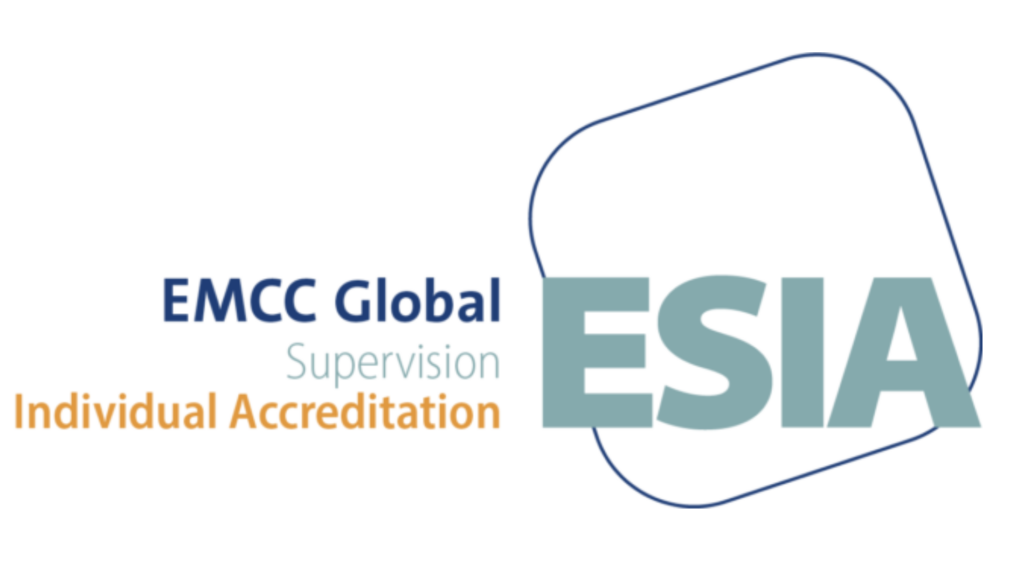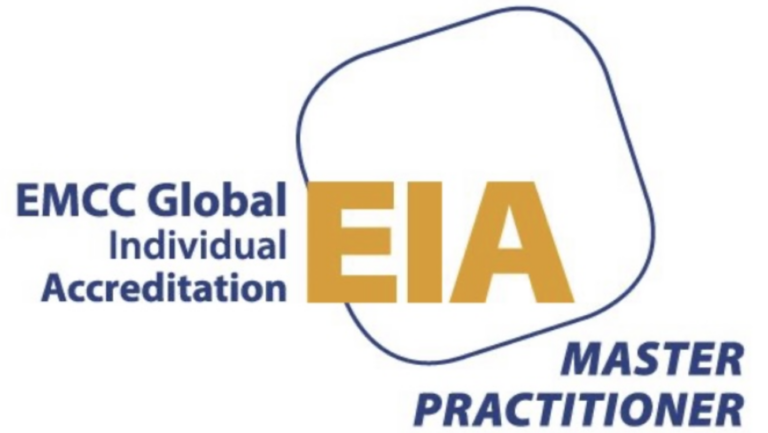In a recent webinar, I described the challenges and opportunities of including a directive approach in coaching, which is essentially a non-directive practice. I concluded that there are times when it can be helpful for the coach to bring their opinions and reactions into the exchange, although this requires special care and skill. This is a summary of my presentation.
It will help to remind ourselves of the core principles of coaching and why advice-giving is considered to be off limits.
What is Coaching
Executive coaching is an intervention based on enquiry rather than advocacy: it emphasises the skills, knowledge and experience of the client rather than the opinion or expertise of the coach.
Jenny Rogers’ coaching guidelines emphasise a dialogue that revolves around the client’s agenda and enhances their resourcefulness through ‘skilful questioning’. Pure coaching, at its best, is the polar opposite of giving advice.
New coaches find it notoriously difficult to get the hang of this. All too often the student coach will find themselves giving ‘advice in disguise’, influencing their client using leading questions to arrive at their own solution.
Therefore, when training coaches, it is necessary to differentiate between the roles of coach and coachee: the coach is responsible for the structure of the conversation, and the coachee is responsible for its content.
On coaching skills programmes, I sometimes present the metaphor of a floating balloon with the word ‘control’ written on it. The coach’s job is to keep returning that balloon to the coachee, even when they give it back to the coach.
To make the situation more complicated, our clients show up at different stages of readiness for coaching. New clients are often hungry for another person’s perspective. It is part of our role as coaches to help our clients learn how to be coached.
With all this in mind, my first response to a request for advice is usually to reflect the question back to the client. The response to ‘what do you think I should do?’ might be ‘What options are you considering?’
More often than not, the client accepts the question without hesitation and a client-centred conversation continues as before. However, there are some occasions when such a neutral position can become restrictive or even obstructive.
Are there any exceptions to this rule?
John Heron identified three categories of advocacy-based intervention. These are ‘Confronting’, ‘Informing and ‘Prescribing’. If used carefully within a broader, enquiry-based approach, then I believe there are times when each of these may assist the coaching conversation.
In the coaching profession, we tend to refer to Confronting as constructive challenge. A typical example is challenging the client’s stated goal: it may be clearly unrealistic. Or, reframing it as part of a higher-level objective may make it more motivating.
Constructive challenge can also be used if the client is avoiding an important truth. They may be in denial about habits in their behaviour that could derail their career or prevent them from achieving their goals. I think we have a duty to shine a light on this.
David Clutterbuck refers to Informing as providing context, ‘relevant information, which the learner does not hold, but which may have a significant effect upon the quality of the decisions they take’. This may also include sharing a personal experience or a theoretical model.
For example, I might introduce a model relating to ‘building personal brand’ within an organisation. To support this, I’ll also suggest how my client might apply it. This can act as an effective stimulus for the client’s creative thinking.
Constructive challenge and shared context can be used as precision tools in support of an enquiry-based approach.
For example, recently I questioned the wisdom of a client’s plan of action, suggesting it might trigger a defensive response in his colleague. My client was able to take this point of view and add it to his current perspective. In a sense, the locus of control did not leave his side of the room. From my position, it was a momentary detour into advocacy which improved the subsequent enquiry.
But what about actually giving your advice to the client?
‘Prescribing’ is John Heron’s pure advice-giving category and it needs to be approached with more caution. Unlike those mentioned above, it contradicts the core principles of executive coaching. Before proceeding with this intervention, the following ideas are worth considering.
We need permission to share our advice with the client. This should be obtained at the start of the relationship and also at the time of sharing the ideas. And, we should consider whether the relationship is strong enough for the client to receive it lightly.
Jenny Rogers proposes that advice may be helpful when there is a distinct, right or wrong answer to the question or when the client will be in danger if they don’t receive the advice.
We should ask ourselves whether we are sharing something for our benefit or for that of the client. Are we are trying to impress or rescue them? Are we doing the client’s thinking for them? More often than not, the temptation to advise is evidence of one of these pitfalls.
Conclusion
In The Handbook of Knowledge-based Coaching, Clutterbuck and Megginson observe that coaches pass through developmental stages on their learning journey. Mature coaches create a more reflective space, have more presence and focus more on ‘how they are being’ rather than ‘what they are doing’ with the client.
Interestingly, they also report that very experienced coaches feel ‘free from the tyranny of the question’: they are not preoccupied with what question to ask next. This also permits the coach to offer advocacy-based interventions if doing so enhances the resourcefulness of the client.
In my coaching practice, there are times when I think it would be inauthentic and perhaps unethical for me not to offer constructive challenge, relevant context and occasional opinion.
But skilful executive coaches keep this to an absolute minimum. It takes wisdom to know when to use one of these interventions and discipline to keep listening at a deep level, offering questions that return control to the coachee.









